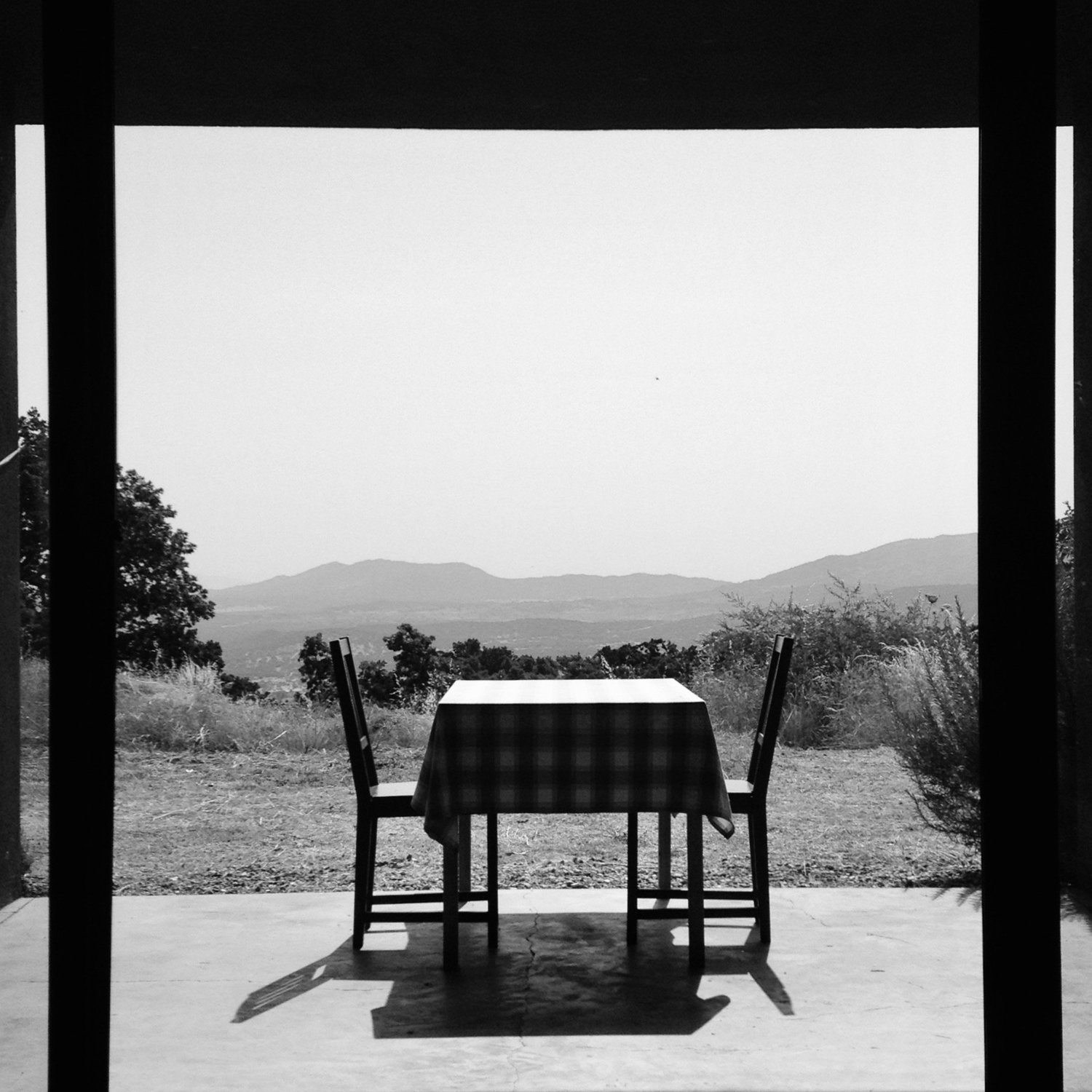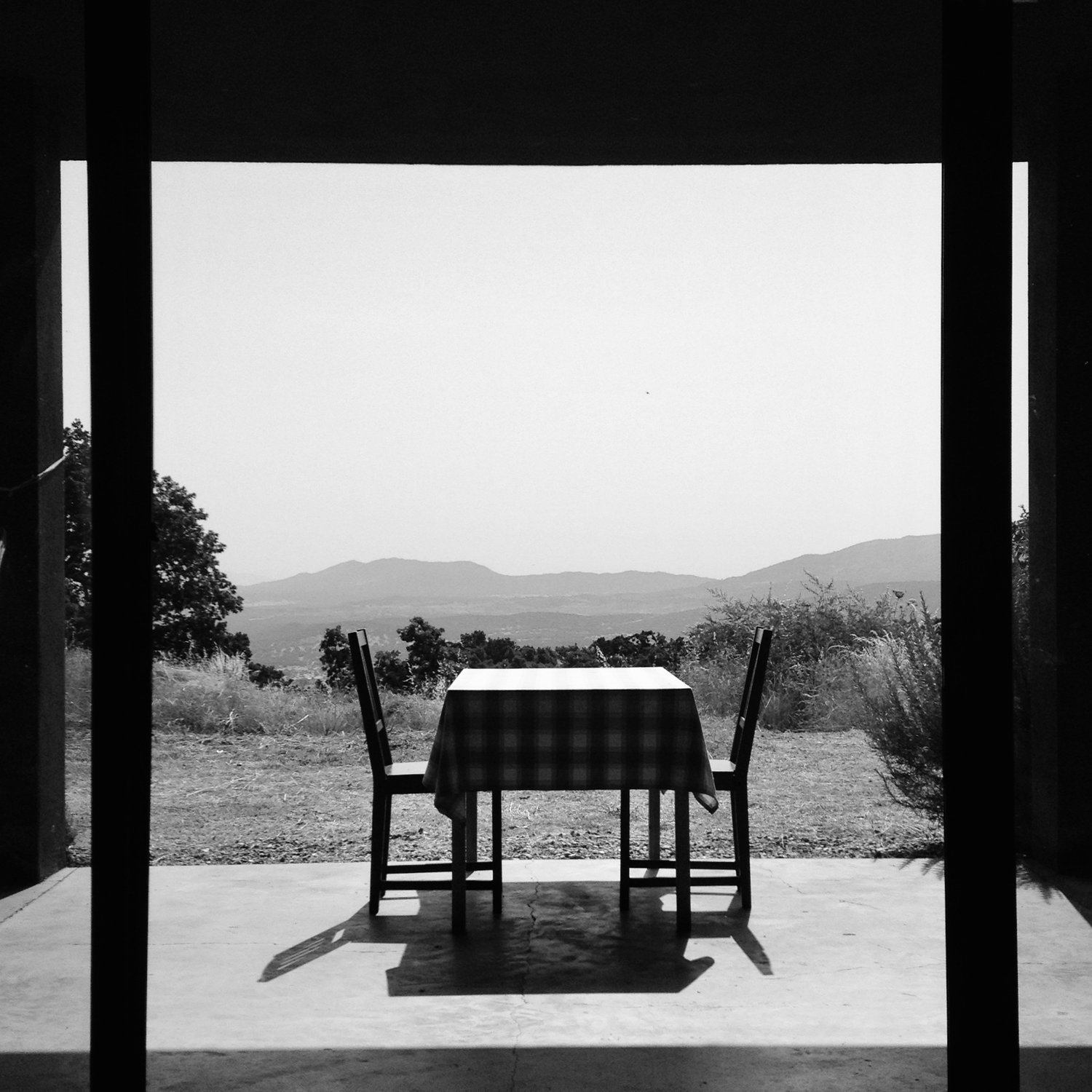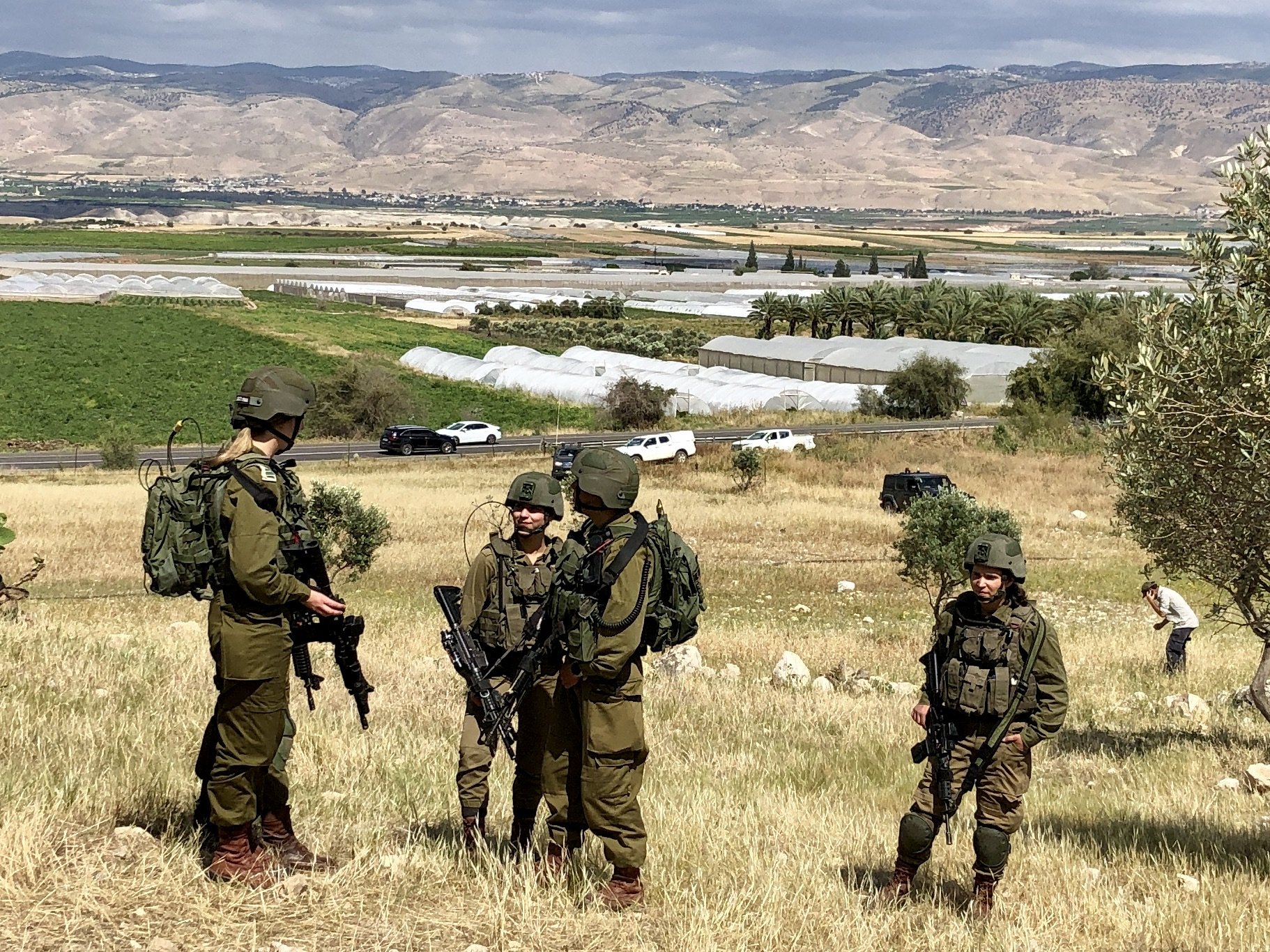Resisting Dispossession
A Palestinian farm near Bardala village in the upper Jordan Valley. On the other side of the main road (east of Route 90) are well-watered Israeli-controlled farms and in the distance the Jordanian hills. In the foreground, to back up an aggressive assault on Palestinian land by Israeli settlers, the Israeli military arrived, fully armed, demanding the Palestinian owner-farmers and their helpers “get off the land and get out”. This is a story of resistance to dispossession.
Bardala village is in the northern part of the Jordan Valley, the defining cleft between Cisjordania and Transjordania, this side of the Jordan and that side, the West Bank and the other. A small rift valley, a lush vegetable garden set between wilderness on either side. Wilderness, not desert, for in wilderness there is promise, latent fertility, known and tended by Bedouin pastoralists for millennia.
Bardala is 71 meters below sea level, a village of 2,500 souls, engaged mainly in agriculture. In the carving up of the Occupied Palestinian Territories after the 1993 Oslo Accord, Bardala is an anomalous enclave located in Area A (supposedly under full Palestinian control) surrounded by a hinterland of Area C (nominally Palestinian but fully controlled by Israel). Not that these designations have any continued meaning in the reality of the Occupation. 62% of what is called the West Bank has been designated Area C. All land development is controlled by the Israeli military authority and since 2000 only 96.3% of building permit applications have been authorized. All water is controlled by Mekorot, the Israeli parastatal water authority. While the Accord designated 20% of all water to be directed towards Palestinian land and homes, the struggle to assert even that meager right is ongoing. Area C is where almost all of the Israeli settlements of the last thirty years have been built. Increasingly, with these "facts on the ground", Palestinian Area C is, in effect, Israel.
Bardala is an exemplar of this struggle for territory, for land and water. Rashid Khuderi is a leader in the Jordan Valley Solidarity movement. Like others, he has a house in the village and a few dunums of land outside, mostly to the west of Route 90. To the east, between the road and the river, land is nominally owned by Palestinians although they are in reality excluded from farming there on security grounds. That land is controlled by Israel who monopolize the space with greenhouses, palm groves, irrigated crops and most importantly, water.
Six years after the 1967 war, Mekorot dug three new wells in the village to serve Israeli settlers' own agricultural expansion. This had the immediate effect of drying up the original well that had been producing up to 240 cubic meters per hour and on which Palestinian farmers relied. Now Mekorot allows only 60 cubic meters per hour to go to the Palestinian farmers, a volume wholly inadequate for efficient horticulture, never mind normal domestic subsistence. To put matters in perspective, the Mekorot water distribution affords Israeli farmers and settlers approximately 320 liters per capita per day (LCD) while Palestinians in Area C benefit from only 30-50 LCD. The World Health Organization standard is 100 LCD. As Khuderi puts it, "we are in the middle with no access to water. Without water people's only choice is to go and work in Israel". Palestinians are not even allowed to collect rainwater from their own roofs on the grounds that rain is a "national asset".
Chased out of the more fertile plain adjacent to the river, Khuderi and others are working to develop crops on land they own to the west of the road. On a rising profile further from the river, the soil is arid and stony, able to sustain goats, sheep, a few cattle and crucially, with water, a few crops in addition to the thin pastures. Khuderi himself is growing guavas, olives, molokhia, za'atar and other culinary herbs. Even in this area, further from the river, water lines and irrigation pipes are constantly being sabotaged by settlers, as often as not reinforced by the military. On a daily basis, Palestinian farmers and Bedouin herders tending to their own land and their own animals are in a state of siege. In addition to the physical harassment, there is a slow turning of the screw, reducing and in some cases cutting off entirely, the water supply.
Khuderi and his colleagues in the Jordan Valley Solidarity movement are not alone however. Since 2011, Badil, a research-based non-profit organization, has been documenting the forcible transfer of land in the West Bank and Gaza, producing papers on the denial of residency, the permit regime imposed by the Occupation; zoning and planning policies and home demolitions among other forms of strategic dispossession. Along with others, asked by the Palestinian Authority on what might be an adequate response to Israel's strategy of creating "facts on the ground", Badil's response was to counter with Palestinians' own "facts on the ground" which of course necessarily entailed a rejection of the permit regime predicated by the so-called "Areas". Among other things, Badil proposes that land designated as "public" be distributed to Palestinian youth sequestered in refugee camps and cities without land, without a future. Needless to say, the Palestinian Authority rejected this advice. Badil has nevertheless joined with other non-profit organizations throughout the West Bank to take action on this strategy of taking back the land.
A women’s co-op in Beit Eskaria, enveloped by the Gush Etzion colonial block between Hebron and Bethlehem, wanted to start a jam factory in their village. The women needed electricity to run their small one-room jam factory. The Israeli authorities deny the community access to the electrical grid, obliging villagers to use generator power for their homes (a standard strategy in pursuit of the forcible transfer of Palestinians from Area C). Badil worked with the co-op to install sufficient solar panels to run a juicing machine and refrigerators for their business. In Jaba’, also encircled by the Gush Etzion block, in direct defiance of the Israeli rejection of a permit, a consortium led by Badil assisted in the financing and construction of 200 meters of road for the village to gain access to several dunums of land now in productive cultivation. In Al Walaja, another community surrounded by settlements, the consortium helped create a 700-meter road up to more than 100 dunums of land on the mountain of Rusan, about to be confiscated by Israel. With this connection the Al Walaja community occupied the land and has planted it with fruit and olive trees.
Escalating this type of practical political action, Badil has now in the last two or three years taken up the cause of the farmers of Bardala. On the last Friday in April, youth groups from Bethlehem, Nablus and Nazareth converged on fields adjoining Bardala to assist the farmers in working the land. There were 68 of us in all. As soon as we arrived a spokesman for the farmers described the extent of the land, which parts had been planted and which parts still needed to be cleared of rocks and stones. Holstein cows, tethered, looked on with bovine placidity. Further up the hill, herds of goats hustled and munched their way through thorny scrub. We were divided into two groups and given colored bands to wear around our necks. The green bands were to weed the zatar fields, the yellow bands to clear some land further up the hill, in preparation for planting. We had two hours' labor ahead of us and as if by divine providence, the sky was overcast.
I was in the rock-clearing group. Small rocks were scraped up with hoes and placed in piles for those with a wheelbarrow to collect for the building of a dry stone wall at the perimeter. Larger rocks were levered out of the hard ground and rolled over to a declivity under some palm trees. We went at the work with a will, breaking a sweat and slaking our thirst with (bottled) water. We were beginning to make a difference in the landscape, and a recognizable field cleared of stones began to appear.
But barely an hour had passed when we were interrupted by whistles and cries from down the hill where the zatar weeders had been working. We were being called in. Apparently settlers had arrived on the scene, reinforced with soldiers, telling all of us to get off the land and get out - despite the fact that this was the farmers' own land. Remonstrations and negotiations continued between Israeli occupiers (four settlers and 18 soldiers all armed with automatic weapons and heavily clad with protective vests and knee pads) and the unarmed farmers and youth leaders. The rest of us continued to work, this time all concentrated around the weeding of the zatar.
Fifteen or twenty minutes later we were called by our leaders to stop work, to gather the tools together and to assemble up the hill. We were stopping work but we were not leaving. We sat down in the open, under the shade of olive trees where everyone was given a bottle of water and pita pocket stuffed with hummus and salad. There we sat cross legged on the ground enjoying our delicious sandwiches, surrounded by Israel's finest, among them young women with painted finger nails, nervously clutching their weapons and clearly not enjoying themselves in the heat. Never was there such a well-guarded picnic.
Spectators beat time to the debke dancing. Settler and soldiers look on. Faces obscured for ID protection.
Food finished and digested, the youth groups started in on their singing. Everyone knew the words, everyone joined in. Some of the songs were patriotic, some romantic, all defiant. And after a few songs the debke dancing began. Dance groups from Deheisha and Aida refugee camps brought out their best, matched by those from Nablus and Nazareth. Interleaved with music and song, these young people kept going for close on to two hours.
The soldiers meanwhile, despite the fact that they were being treated to a free performance of Palestinian culture, could not wipe the scowls from their faces as if they were asking themselves why these young people, whom they habitually demonize and oppress, were clearly having such a good time in contrast to the soldiers' own miserable role in the day's events. Finally the contradiction was made manifest to the commanding officer, who mid-afternoon ordered his forces to make a quiet but indisputably ignominious retreat in the military vehicles that had been tied up all day in this futile exercise in attempted suppression.
No sooner had the soldiers gone, and their settler protegés with them, than the youth leaders called all to account and evaluate the value of today's action. Was it right to confront the settlers and soldiers? Yes. Was it worthwhile to make this journey from far away? Yes. Was it responsible to take this action leaving the farmers to take the consequences of retribution in the following days? There was some discussion about this but the majority thought it right. And from one, the question as to whether this was strategically good politics, considering the organisation involved, and the distances travelled. The question was answered by the questioner: yes, the spirit of the groups, the coming together of young Palestinians from so many corners, the consciousness-raising and the positive, creative and palpable joy of unarmed resistance demonstrated the efficacy of such a strategy. Sweetened of course by the retreat of the army.
© Hubert Murray 14 May 2023
Corrections (20 May 2023): Beit Eskaria (not Eskalia) is between Hebron (not Jerusalem) and Bethlehem. Additional information provided about the installation of solar panels by the women’s co-op. Clarification: it was the Jaba’ community that was assisted by Badil and others in the building of a 200-meter road.



